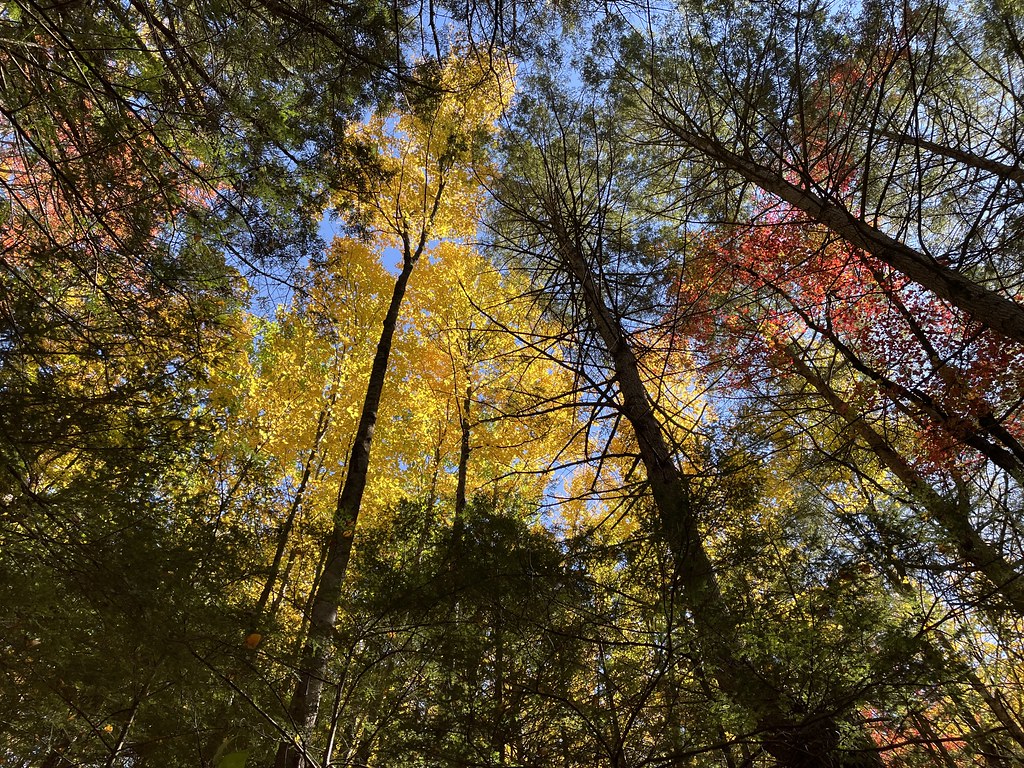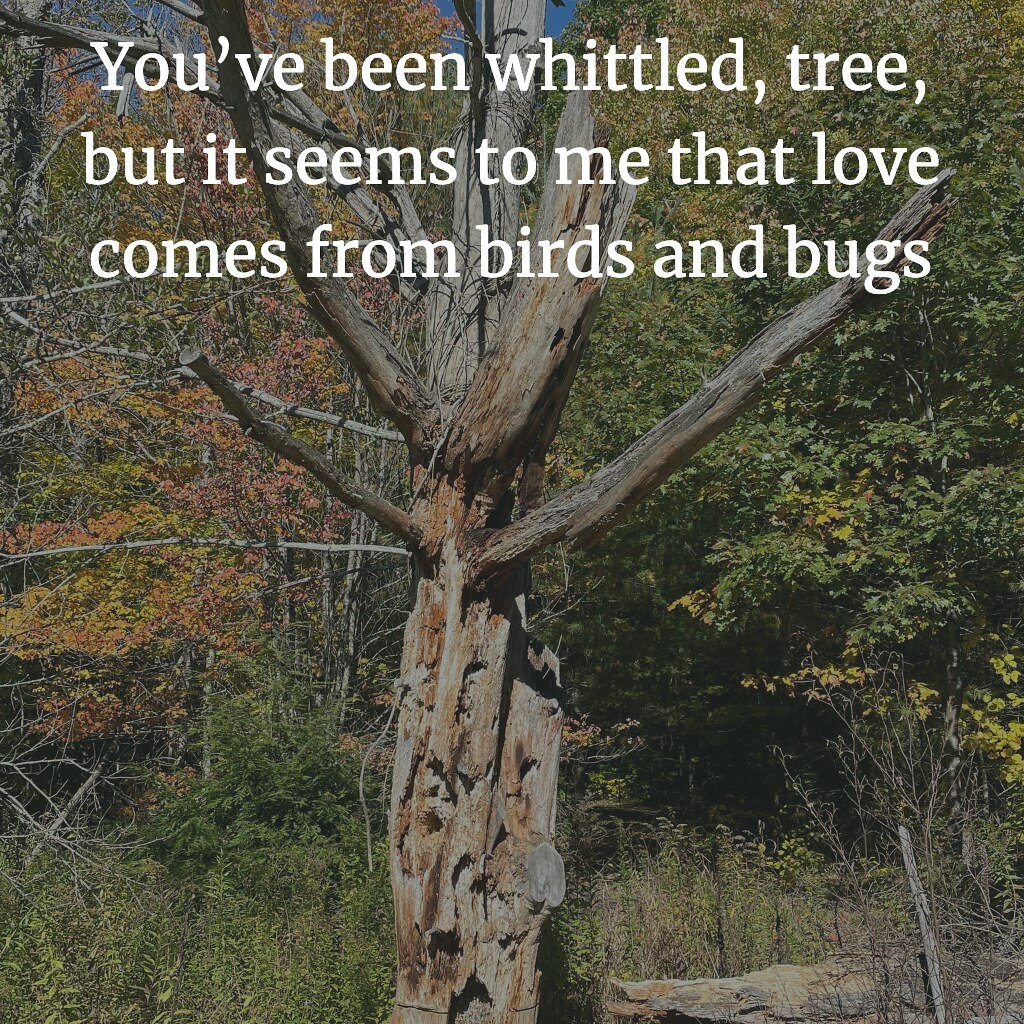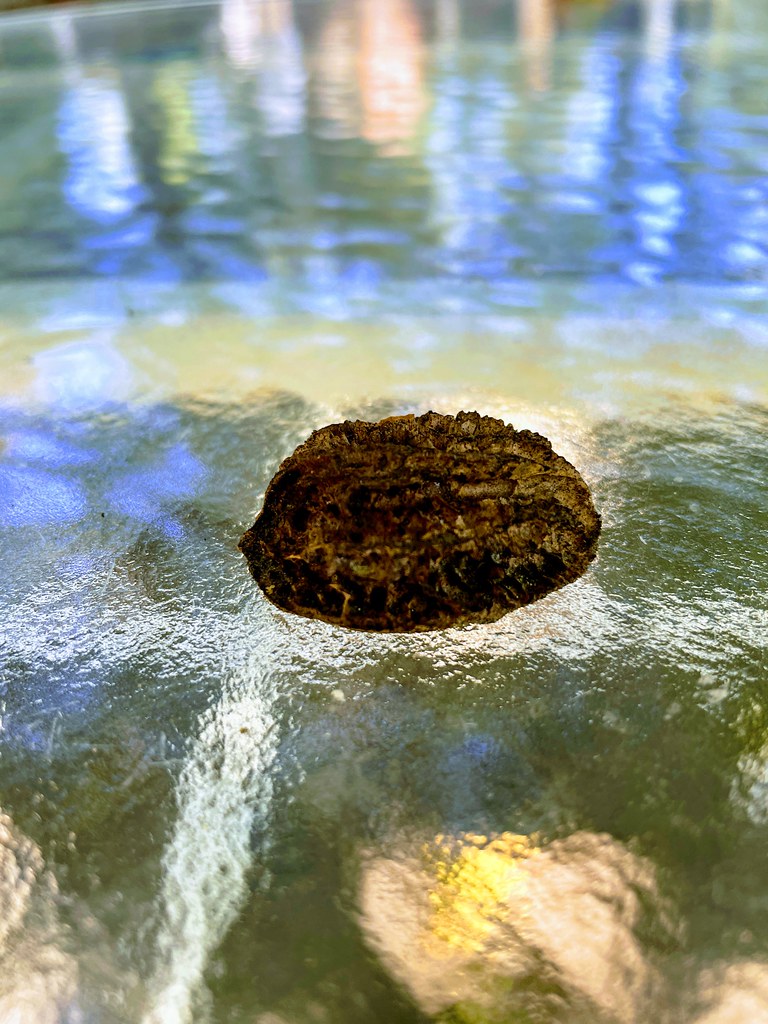 (This is for the Slice of Life, hosted by Two Writing Teachers. We write on Tuesdays about the small moments in the larger perspective and then all through March — every single day … You write, too.)
(This is for the Slice of Life, hosted by Two Writing Teachers. We write on Tuesdays about the small moments in the larger perspective and then all through March — every single day … You write, too.)
Here in New England, this October is breathtakingly beautiful. The trees are in the midst of change. The air is crisp and clean but still warm enough for comfort once the day kicks in. And with the start of the annual Write Out this long weekend (Write Out runs for the next two weeks), I was determined to get outside and be outside, and I am happy to say: mission accomplished.
On Saturday, we went for a long hike in a neighboring town, on a historic trail. On Sunday, I was for a long bike ride and found a nice “sit spot” along a canal, which is part of a state park area. And yesterday, my wife and I drove an hour north, into Brattleboro, Vermont, where we found a nice boat put-in that began in an alcove of the Connecticut River, and then led us to the river itself, where for a long time, we didn’t see a single person (until a fishing boat showed up).
Now, I am planning out ways to get my students involved in the Write Out activities, from video writing prompts by National Park Service rangers, to STEAM-themed data and writing journals, and more.
Peace (in the midst of seasonal change),
Kevin









